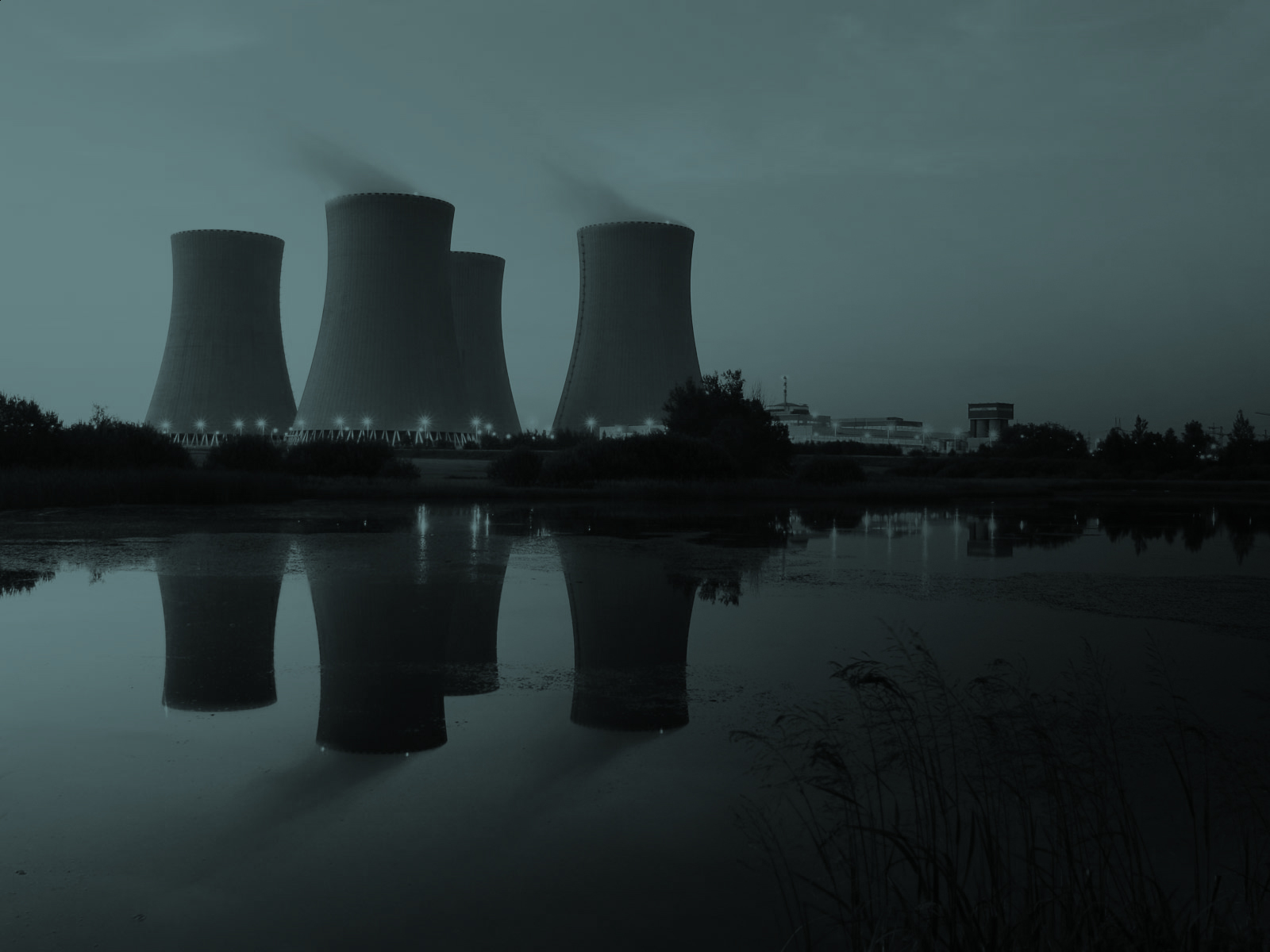The March 2011 earthquake and tsunami which disabled the Fukushima-Daichi nuclear power plant in Japan sent shockwaves around the world about the viability and safety of nuclear power. The event aroused public commentary worldwide over whether nuclear power would maintain its role as a key power source for many countries.
However, the longer-term impact of Fukushima on the nuclear industry – at a global scale – may be less than anticipated in the immediate aftermath of the disaster. Certainly lessons are being learned by the industry and regulators in several countries, not just in Japan, and necessary adjustments in safety measures and maintenance procedures will be made. The International Atomic Energy Agency forecasts that global expansion of nuclear power post-Fukushima will be moderately slowed, but not reversed.
It is well-documented that Germany has decided to quicken the process of its phase-out plan for nuclear plants, while the future of Japan's reliance on nuclear power is still uncertain. But high construction costs, and more recently the global economic slump and the greater availability of cheaper alternatives – such as natural gas and coal – are likely to be more influential in restricting the growth of nuclear power among OECD economies. These factors were prevalent before the Fukushima incident, however.
All is not lost for nuclear power, with the impetus for capacity growth coming from Korea, Russia, India, and China (KRICs). According to the World Nuclear Association there are 65 nuclear reactors under construction around the world. Of these, 47 are being built in China (26), Russia (10), India (7), and South Korea (4). China and India are fast-growing economies that face rapidly-growing energy needs. They also depend heavily on coal. Following Fukushima, China suspended approval for new plants and conducted inspections on its operating and under construction reactors. The pace of further approvals may slow, but nearly half the nuclear reactors being built today are located in China. India, which faces a growing energy import bill, also needs to avoid a repeat of the power blackout that wreaked havoc in July 2012. In China and India nuclear power represents a small portion of electricity generation, so nuclear power is key to diversifying sources of energy supply. In Russia and Korea nuclear power is a long-established source of electricity supply, and this will continue with further construction of reactors.
In Europe and North America the story is different. Nuclear power already represents a large share of electricity supply – especially in France, Belgium, Switzerland, Sweden and Hungary – and nuclear power generation had reached something of a plateau. However the fallout of Fukushima was felt the most in Europe, with Germany bringing forward its complete phase-out plan to 2022 and Switzerland deciding to shut down its reactors by 2034. The EU instructed member states to stress test their reactors. In Europe only a handful of reactors are under construction or planned, and countries that have excluded nuclear power so far are unlikely to change policy.
The United States, which has the most number of reactors (104), only has one plant under construction. Future growth in capacity will likely be curtailed by the rapid growth in natural gas supplies – caused by the so-called shale gas boom – which has sharply lowered the cost of gas-fired power generation. In August 2012 plans for a new reactor in Texas were dropped, with cheap natural gas prices cited as the reason for the cancellation. In the US gas-fired power generation is becoming increasingly competitive with coal. But it has also made the construction of nuclear reactors, which already involves high capital costs, less attractive economically.
The US shale gas boom, combined with poor Eurozone economic performance which has depressed energy consumption and slashed access to credit, has also worked against prospects for nuclear power in Europe. The decline of American coal-fired power generation is causing surplus US coal to find its way to Europe, making coal in Europe more price competitive to gas. This also makes nuclear power less attractive given the high initial investment costs required for new reactors. Ironically, Germany's coal consumption will increase as it phases out nuclear reactors.
The outlook for nuclear power in Europe and North America is sluggish, and the Fukushima disaster will compel regulators worldwide to monitor industry practices more aggressively. Growth in the sector will be slowed as a few countries phase-out nuclear power completely, while others slow the rate of further approvals or decide not to start up with nuclear power at all. The KRICs, however, will continue to drive the capacity growth in nuclear power going forward.
This post is part of a series for the Global Energy Conversation, supported by Shell. For more information, visit the Global Energy Conversation website.
The views and opinions expressed in this article are those of the authors and do not necessarily reflect the views of The Economist Intelligence Unit Limited (EIU) or any other member of The Economist Group. The Economist Group (including the EIU) cannot accept any responsibility or liability for reliance by any person on this article or any of the information, opinions or conclusions set out in the article.




